Fredensborg Slot vinter 2016 – oplev den unikke barokhave dækket af sne, sol og blå himmel.
Text and photos Erik K Abrahamsen.
Its winter in Denmark – down to minus 16 degrees and 10-20 cm snow all over Denmark.
On a beautiful sunny day 22. january 2016 with blue sky I visited Fredensborg Castle Baroque Garden.
Here is my experience:
Fredensborg Castle built 1720-76:
Click on photos and use your zoom control and you see them in full screen size and text on right side of photo disappear.

Fredensborg Castle is buildt in 4 stages between 1720-1776 with the best architects in Europe involved: I.C. Krieger (1683-1755), Laurids de Thurah (1706-59), N.-H. Jardin (1720-99), Nicolai (Niels) Eigtved (1701-54) and C. F. Harsdorff (1735-99).
The baroque garden is created by I.C. Krieger in 1720 and expanded by N. H. Jardin and ornamented by danish sculpture Johannes Wiedewelt 1760-70.
To celebrate finish of the 200 years war (1520-1720) between Denmark and Sweden King Frederik 4 of Denmark and Norway decided to build a residence- and hunting peace castle on the existing hunting ground “Østrup Vang” owned by his father King Christian 5 (King of Denmark and Norway 1670-99) since 1678.
In 1662-63 King Christian 5 visited the french King Ludvig 14 (1643-1715) and was inspired of the hunting tradition at Versailles hunting castle called PARFORCE – HUNTING.
King Christian introduces Parforce Hunting in Denmark and constructed a hunting ground north of Copenhagen called Deergarden – Dyrehaven (Jægersborg Dyrehave) around 1670.
PARFORCE HUNTING:
In a big forest hunting areas hunters on horses together with dogs chases red deer, wild boars and foxes.
The king and his participants exhaust the deers. At end of hunting the king on foot walk to the exhausted deer with a hirchfaenger – a short sword (knife) with a double edge and kill the exhausted deer.
King Frederik 4 had learned Parforce Hunting by his father King Christian 5.
In 1692-93 and 1708-09 Frederik 4 visited Italy and was inspired by Italian garden- and castle architecture.
Map of Fredensborg Castle and Baroque Garden and surroundings:
Click on photo and use your zoom control and you see them in full screen size.
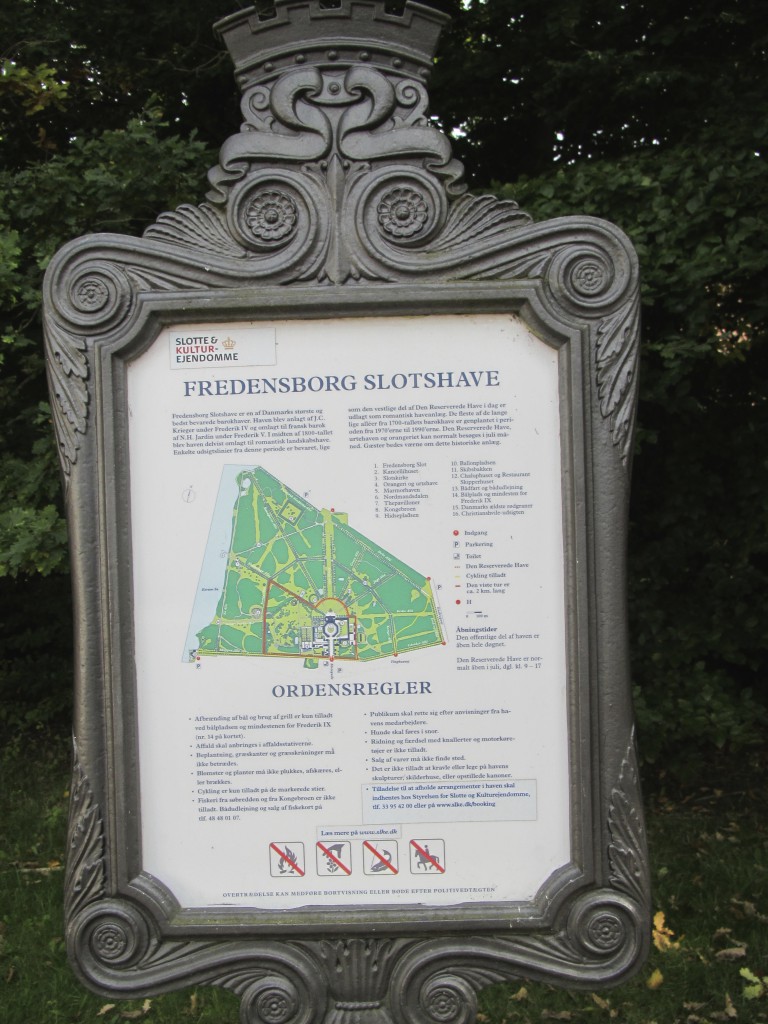
From 1722-31 he expanded the hunting castle Fredensborg Castle by architect I. C. Krieger, who draw and created the baroque garden and Parforce hunting area in the forest with 7 open avenues radiating from centre of Fredensborg Castle.
From Fredensborg Castle all non participants of the Parforce hunting had a excellent view to the forest caused of those 7 open avenue of gravel walks and grass.
Since 1887 Parforce Hunting has been forbidden in Denmark and was succeeded by Hubertus Hunting: a symbolic ride in forest on horses and in attendance with dogs.
Entrance to Fredensborg Castle:
Click on photo and use your zoom control and you see them in full screen size.

Entrance to Fredensborg Castle:
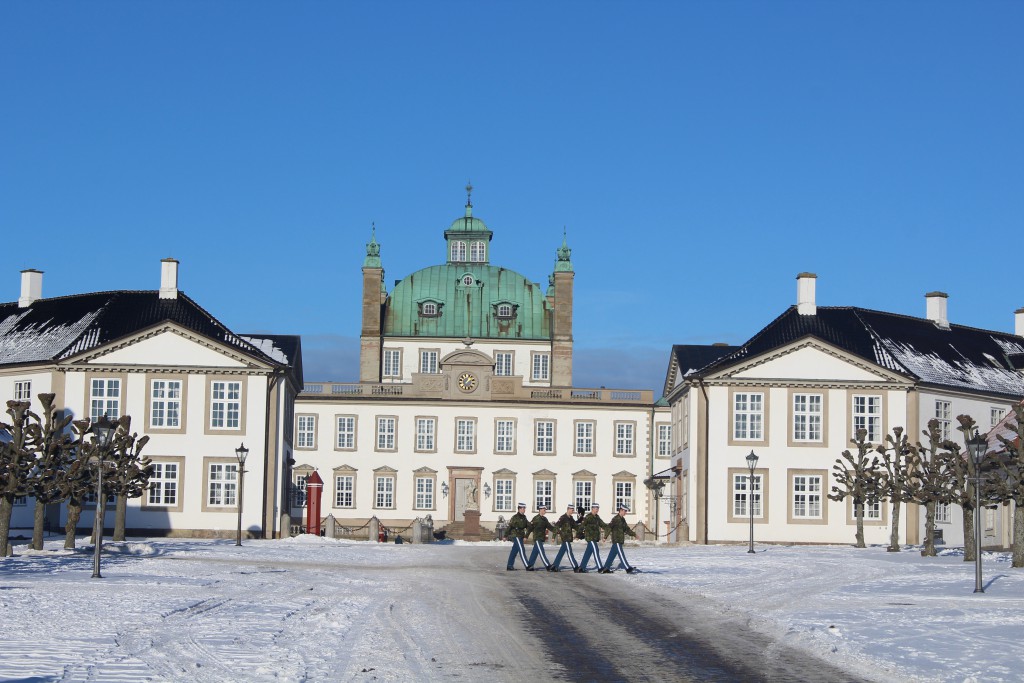
The baroque garden in front of and surrounding Fredensborg Castle:
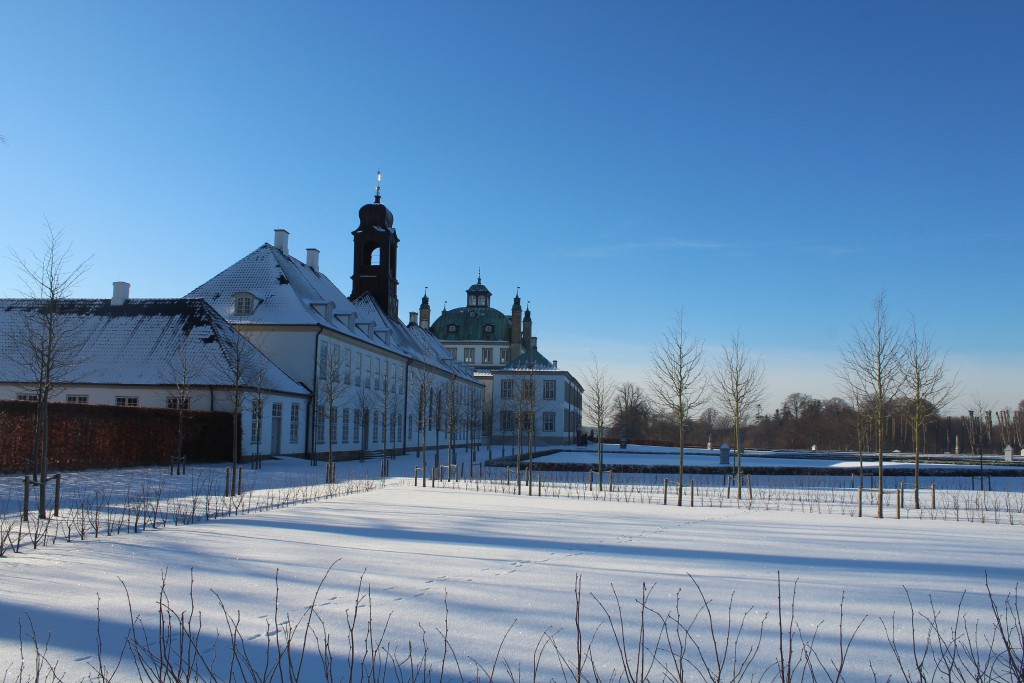
Fredensborg baroque garden in front of Fredensborg Castle – with one of seven avenues of gravel walks and grass with centre at terrace in front of Garden Salon:
Click on photo and use your zoom control and you see them in full screen size.

Fredensborg Castle – the north side with baroque garden created 1720-31 and expanded 1741-52 and again 1760-76:
Click on photo and use your zoom control and you see them in full screen size.
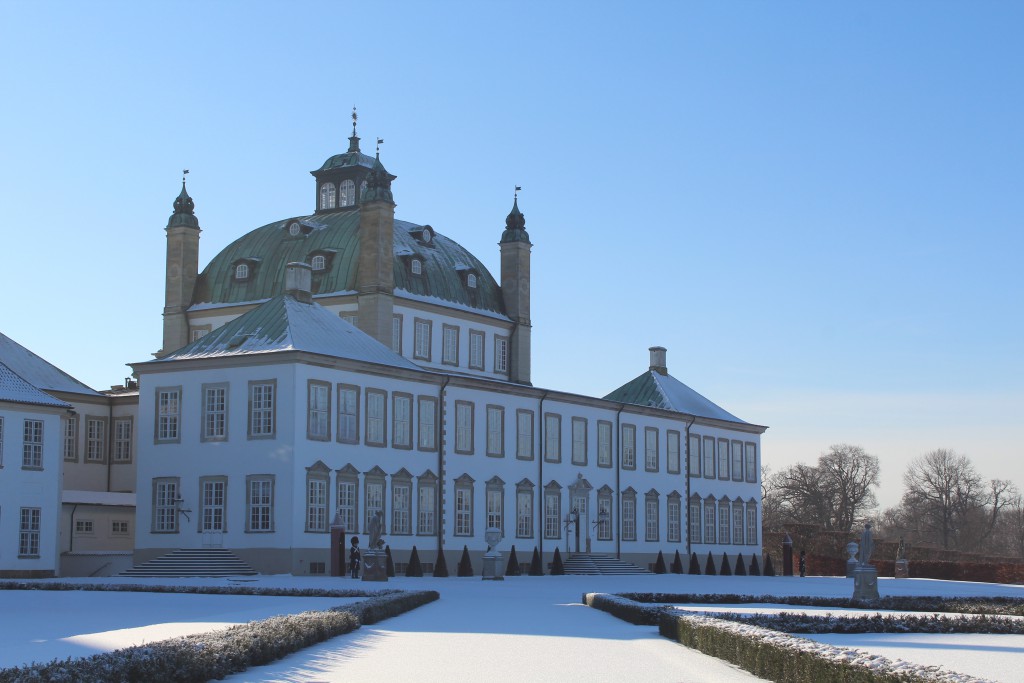
Fredensborg Castle Baroque Garden with Norway – and Denmark monuments:
Kong Frederik 4 (1699-1730), king of Denmark and Norway builded Fredensborg Castle as a memory on Denmark/Norway´s “The Big Nordic War” against Sweden and the peace agreement to stop the 200 years war between Denmark/Norway and Sweden.
Denmark/Norway agreed now that they have lost the old Danish/Norwegian provinces: Bohuslaen, Skaane, Halland, Blekinge and Haerjedalen and Jaemtland in Norway to Sweden.
This peace agreement in 1720 is the beginning of a long 80 years peace period in Scandinavia untill Denmark´s war with England 1801-14 and the defeat of Denmark and its alliance partner France.
The european peace agreement “Wienerkongressen” in 1815 decided, that Norway left the 434 years (1380-1814) union with Denmark and became union with Sweden.
In 1760-70 the danish sculptor Johannse Wiedewelt (1731-1802) created this unique monuments of Denmark´s and Norway´s common empire (union) with a great varieties of symbols.
Government Administration of Castle and Culture Properties (Styrelsen for Slotte go Kulturejendomme, Slots- og Kulturstyrelsen) implementet 2008-13 a renewal plan of all vegatations and sculptures in Fredensborg Castle Baroque Garden.
Denmark and Norway Monuments were new cut by professional stone masons – the fundament in blue-green norwegian marble and the symbols and figures in italian white marble from original sculptures by Johannes Wiedewelt.
The 4 sculptures in “Brede Allé”: “Elopement” (“Bortførelsen”/”Redningen”) were new cut by professional stone masons in bremer sandstone from original sculptures by Johannes Wiedewelt.
4 sculptures “Trochee” with spoils of war on top of plinth in center part of “Brede Allé” were repaired by professional masons.
The renewed Fredensborg Castle Baroque Park was inaugurated the 17. september 2013 by Her Majesty Queen Margrethe the 2 and Prince Henrik.
Norway and Denmark monuments:
Click on photo and use your zoom control and you see them in full screen size.
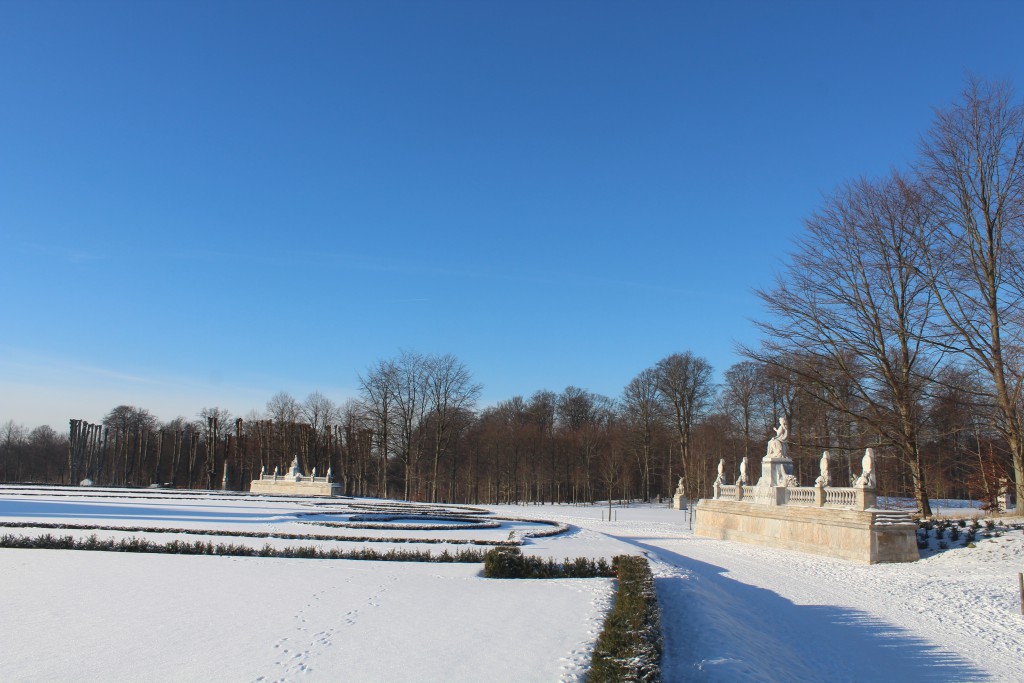
Norway Monument by danish sculptor Johannes Wiedewelt created 1760-70:
New cut foundation in blue/green norwegian marble and statue and symbols new cut in italian white marble.
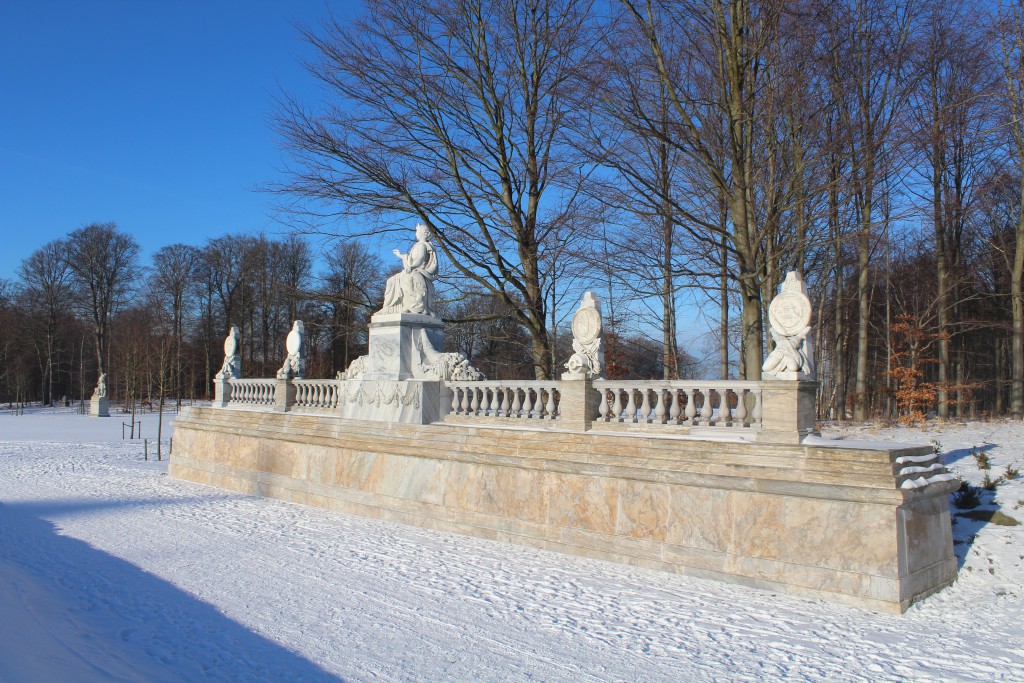
Norway monument by danish sculptor Wiedewelt 1760-70:
New cut foundation in blue/green norwegian marble and statue and symbols new cut in italian white marble.
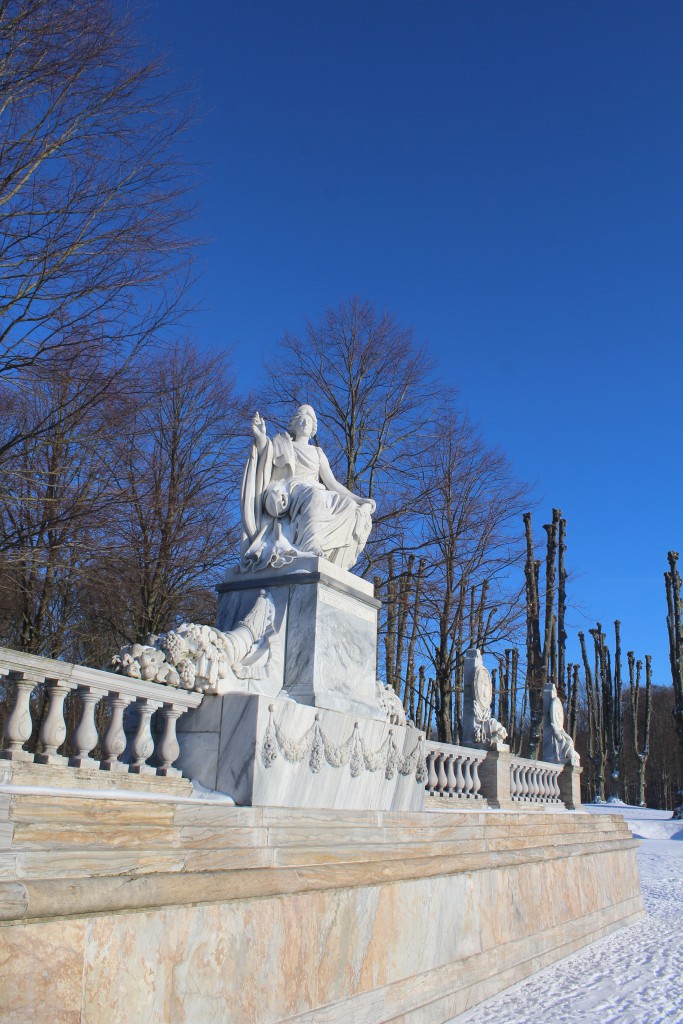
Denmark Monument by danish sculptor Johannes Wiedewelt 1760-70:
Click on photo and use your zoom control and you see them in full screen size.

Denmark Monument by danish sculptor Johannes Wiedewelt 1760-70:
New cut foundation in blue/green norwegian marble and statue and symbols new cut in italian white marble.

Denmark Monument by sculptor Wiedewelt 1760-70:
New cut foundation in blue/green norwegian marble and statue and symbols new cut in italian white marble.
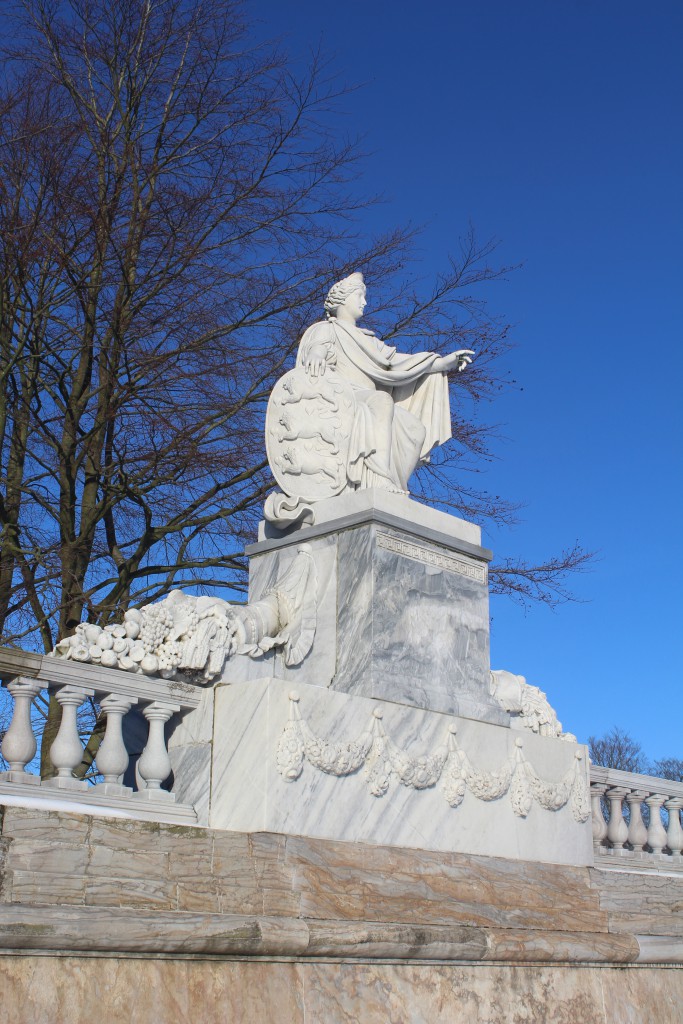
The central baroque garden “Brede Allé”:
The central baroque garden “Brede Allé” created by french architect N. H. Jardin 1760-70 with 8 sculptures by danish sculptor Johannes Wiedewelt 1760-70:
“Brede Allé” is an open rectangular open space created in an avenue with trees in dubble rows on both sides of the avenue.
4 sculptures “Elopement” (“Bortførelsen” eller “Redningen”) inspired from greek ancient mythology created by sculptor Johannes Wiedewelt 1760-70
and 4 sculptures “Trochee” (Trofæ) placed central on grass in the rectangular open space “Brede Allé”:
Click on photo and use your zoom control and you see them in full screen size.
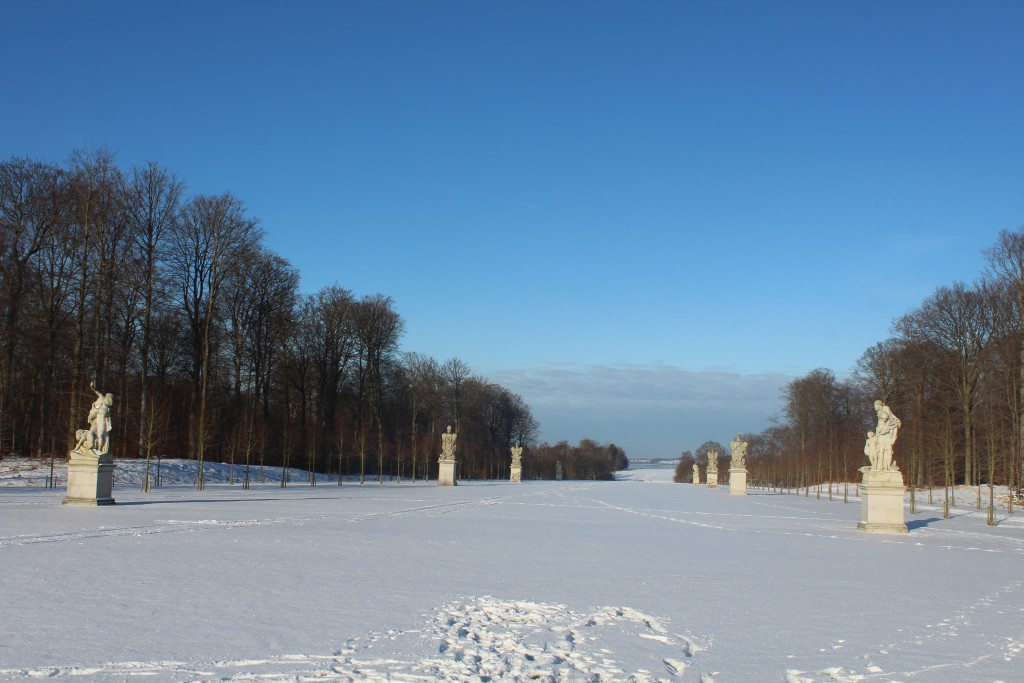
Sculpture by Wiedewelt 1760-70 in “Brede Alle”, Fredensborg Castle Baroque garden:
Sculpture “Elopement” (“bortførelsen”/”Redningen”): Aeneas and Anchises.
The prince of Troja Aenaes carry his old father Anchises away from the burning city Troja. Prins Aeneas has his son by his side:
Sculpture new cut 2008-13 in bremer sandstone.
Click on photo and use your zoom control and you see them in full screen size.
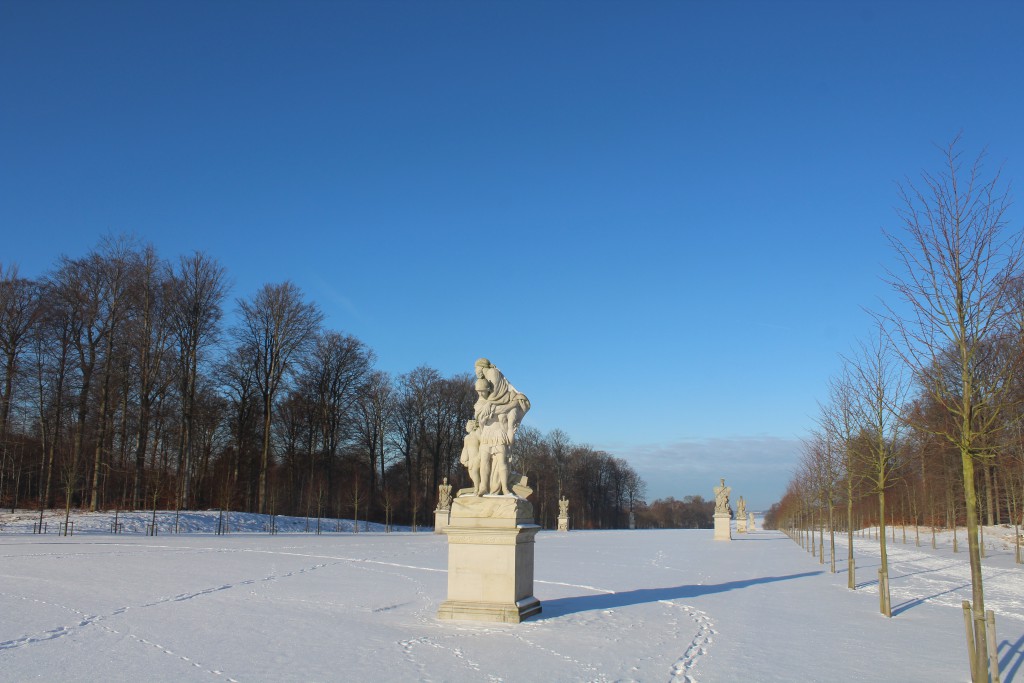
Sculpture by Wiedewelt 1760-70 in “Brede Alle”, Fredensborg Castle Baroque garden:
Sculpture “Elopement” (“bortførelsen”/”Redningen”): Aeneas and Anchises.
The prince of Troja Aenaes carry his old father Anchises away from the burning city Troja. Prins Aeneas has his son by his side:
Sculpture new cut 2008-13 in bremer sandstone.
Click on photo and use your zoom control and you see them in full screen size.

Sculpture “Elopement” (“Bortførelsen”), Paris and Helena by Wiedewelt 1760-70 in “Brede Alle”, Fredensborg Castle Baroque garden:
“Elopement” (“Bortførelse”), Paris og Helena:
Prince Paris carry off the beautiful Helena and step up on his ship:
Sculpture new cut 2008-13 in bremer sandstone.
Click on photo and use your zoom control and you see them in full screen size.
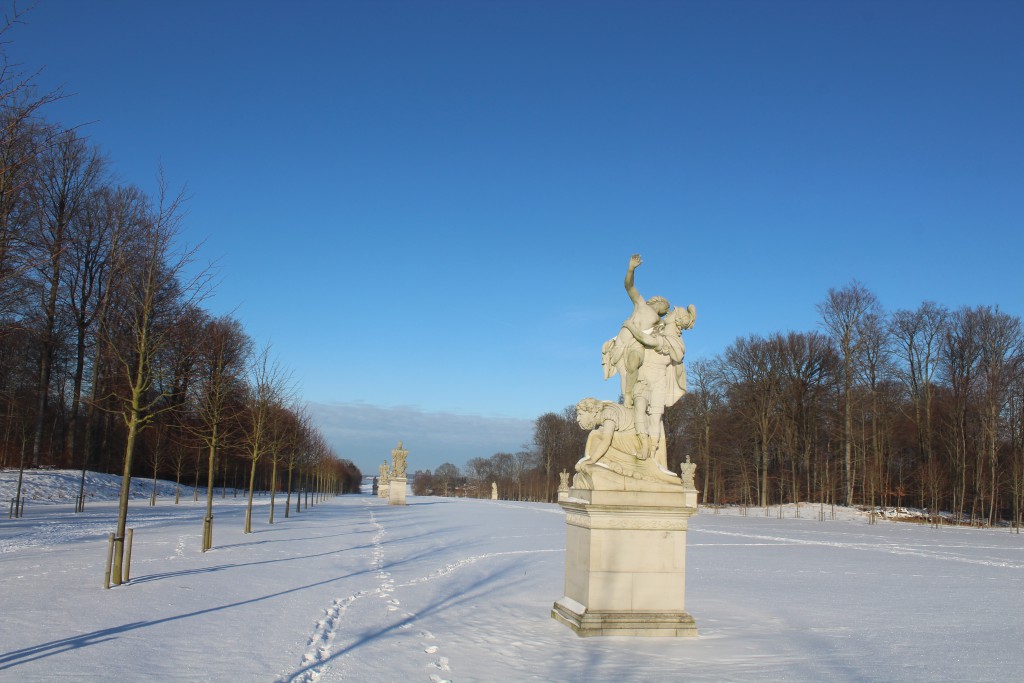
Sculpture “Elopement” (“Bortførelse”), Paris og Helena by Wiedewelt 1760-70 in “Brede Alle”, Fredensborg Castle Baroque garden:
“Elopement” (“Bortførelse”), Paris og Helena:
Prince Paris carry off the beautiful Helena and step up on his ship:
Sculpture new cut 2008-13 in bremer sandstone.
Click on photo and use your zoom control and you see them in full screen size.
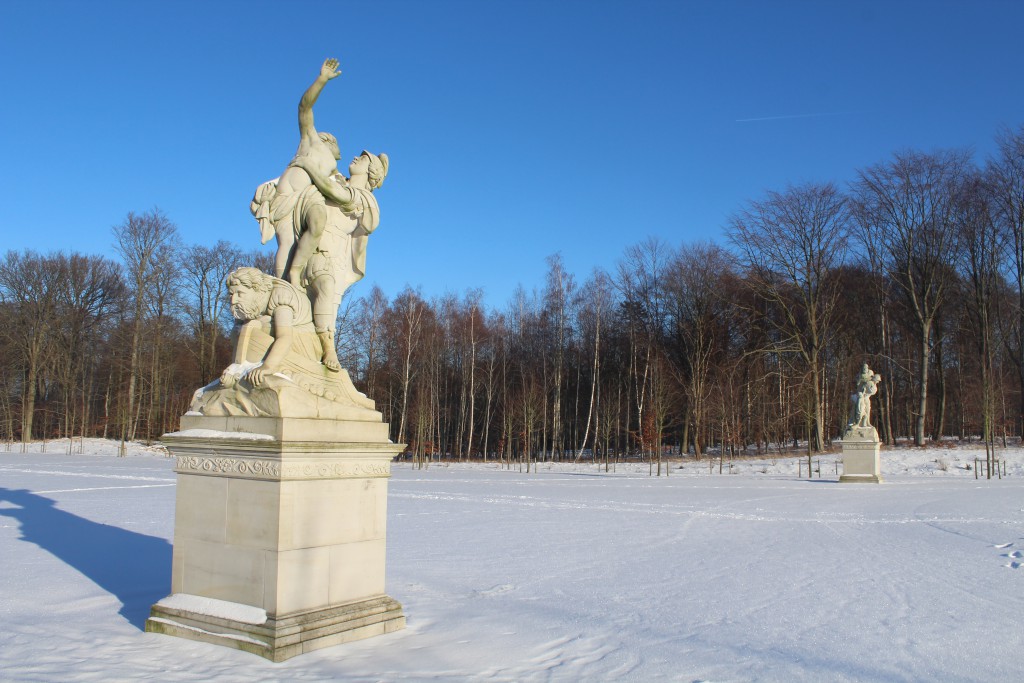
Sculpture “Elopement” (“Bortførelse”), Perseus and Andromeda by Johannes Wiedewelt 1760-70, “Brede Allé”, Fredensborg Castle Baroque Garden – view in direction south to Fredensborg Castle:
Sculpture “Elopement” (“Bortførelse”), Perseus and Andromeda.
Perseus free Andromeda chained to a rock.
Sculpture new cut 2008-13 in bremer sandstone.
Click on photo and use your zoom control and you see them in full screen size.
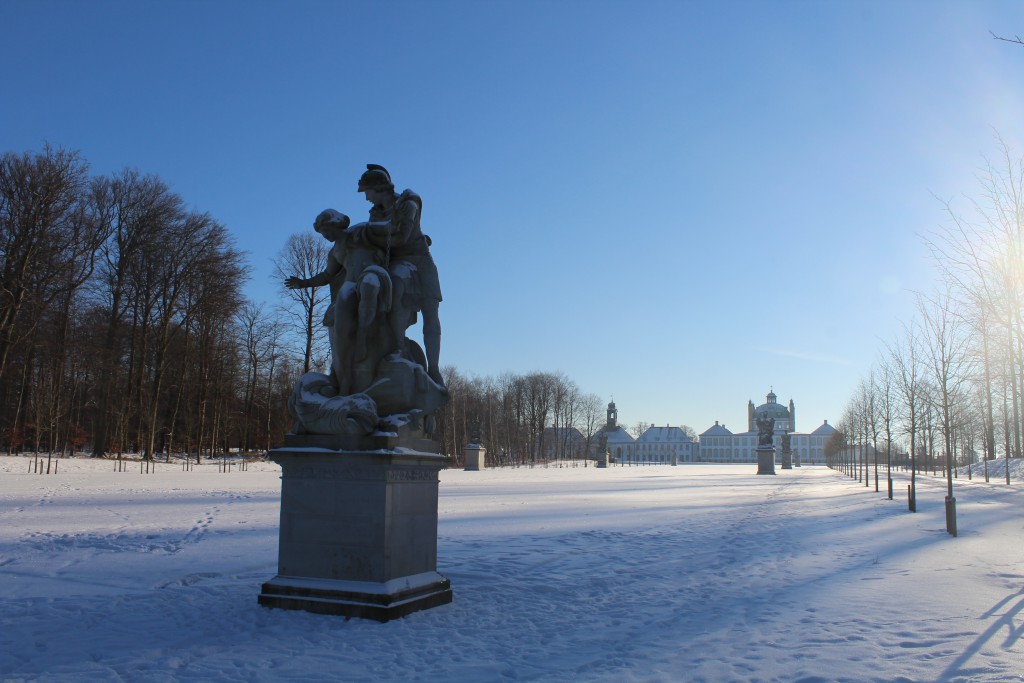
Sculpture “Elopement” (“Bortførelse”), Zephyr and Flora by Wiedewelt 1760-70 in “Brede Allé” – view in direction south to Fredensborg Castle:
Sculpture “Elopement” (“Bortførelse”) Zephyr and Flora.
The young man Zephyr carry goodness of flowers Flora on his left arm.
Sculpture new cut 2008-13 in bremer sandstone.
Click on photo and use your zoom control and you see them in full screen size.
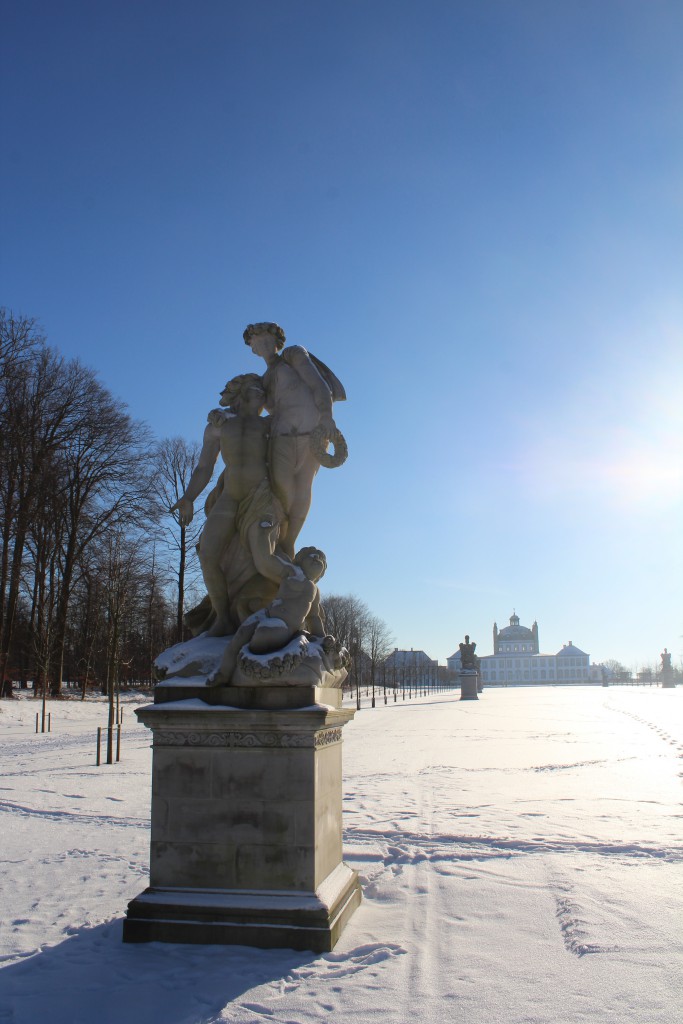
Sculptures “Trochee” (“Trofæ”) by Wiedewelt 1760-70 in “Brede Allé” – view in direction south to Fredensborg Castle:
Sculptures “Trochee” (“Trofæ”).
4 sculptures “Trochee” with spoils of war on top of plinth.
On bottom of plinth is a lion with a ball at its paw.
4 sculptures “Trochee” repaired 2009-13.
Click on photo and use your zoom control and you see them in full screen size.
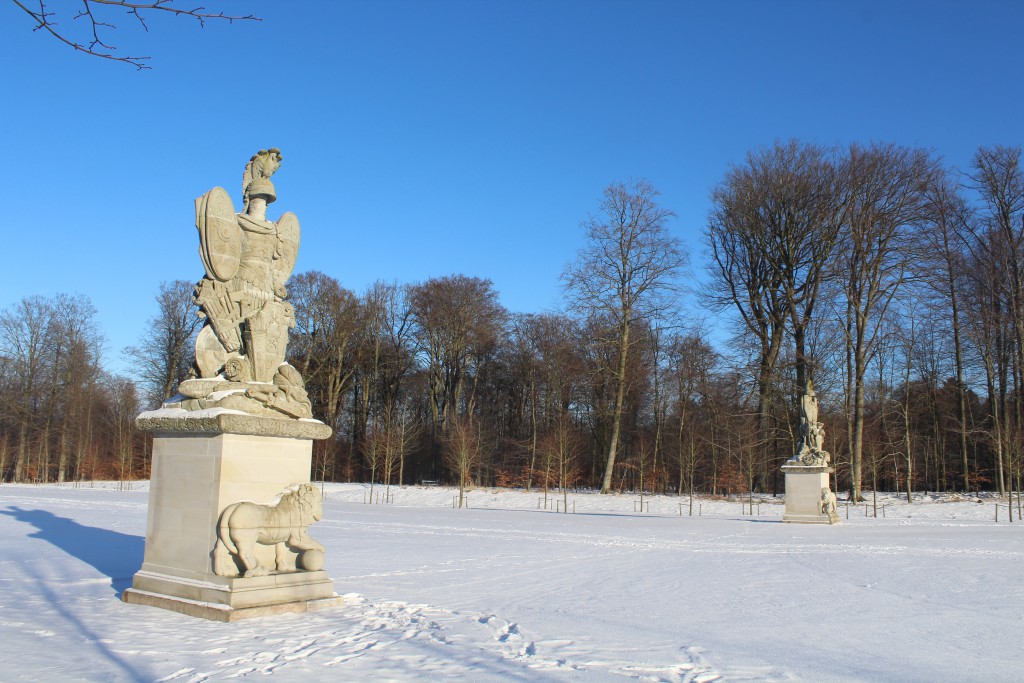
Sculptures “Trochee” (“Trofæ”).
4 sculptures “Trochee” with spoils of war on top of plinth.
On bottom of plinth is a lion with a ball at its paw.
Click on photo and use your zoom control and you see them in full screen size.
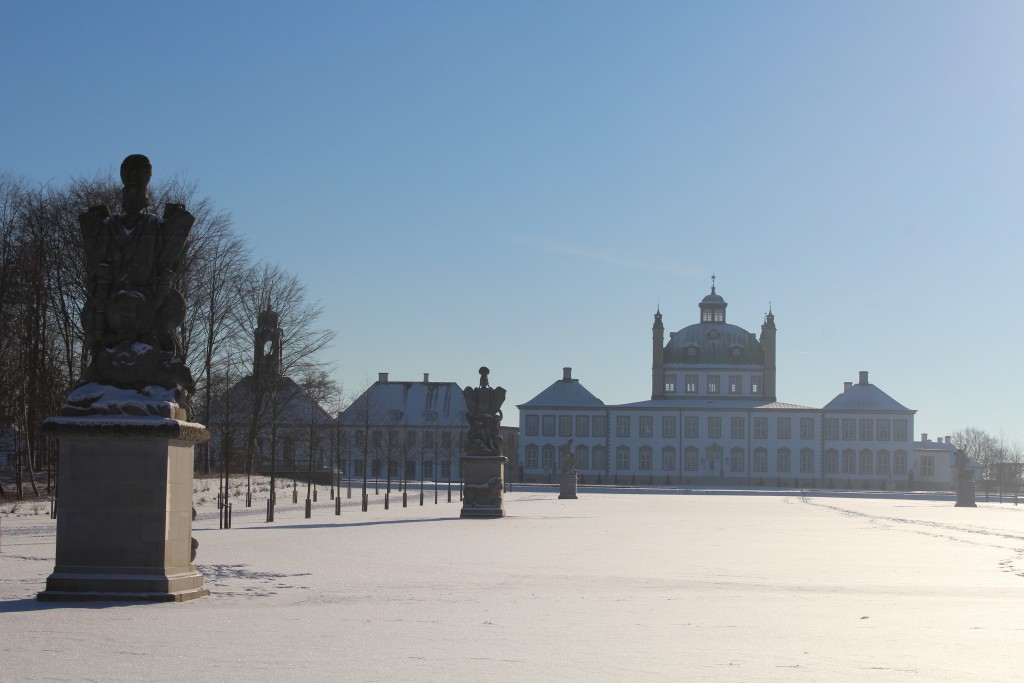
Fredensborg Castle and Baroque Garden:
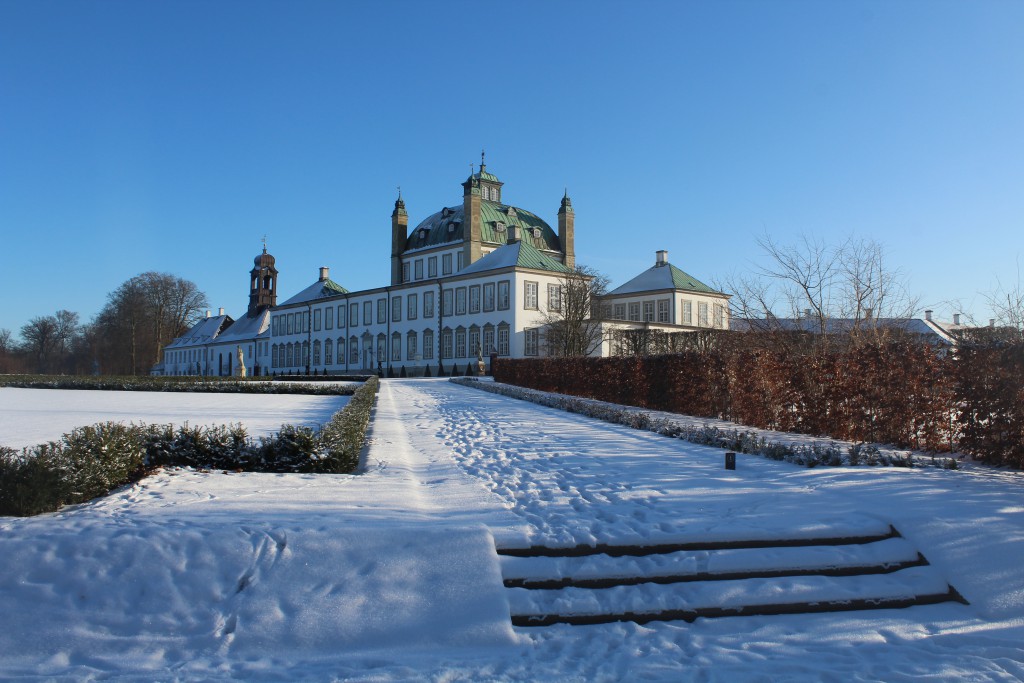
Click on photo and use your zoom control and you see them in full screen size.
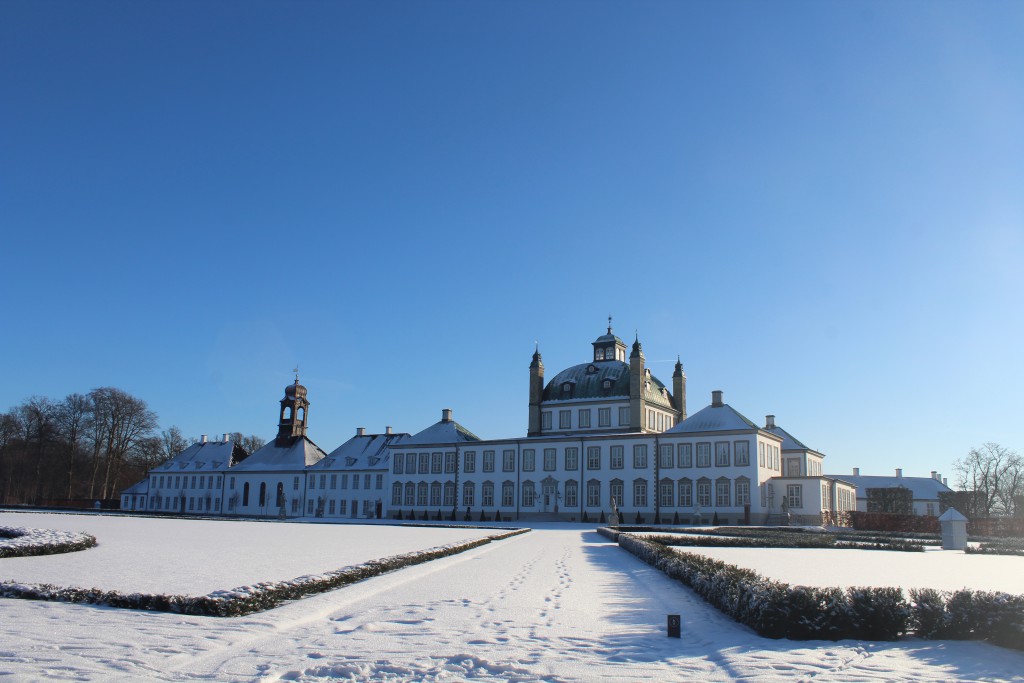
Symmetric around “Brede Allé” french architect N. H. Jardin created 2 garden spaces with obelisks:
- Garden space “Ballonpladsen” with lion, obelisk and basin around 4-edges island:
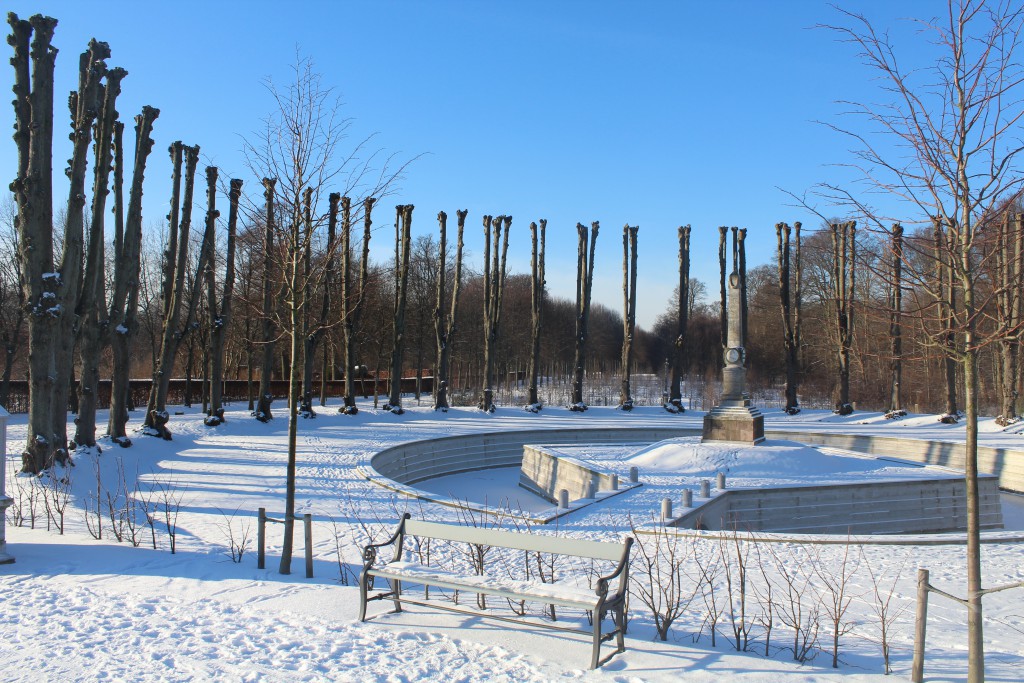
and
2. garden place with obelisk in Fredensborg Castle Baroque Garden:
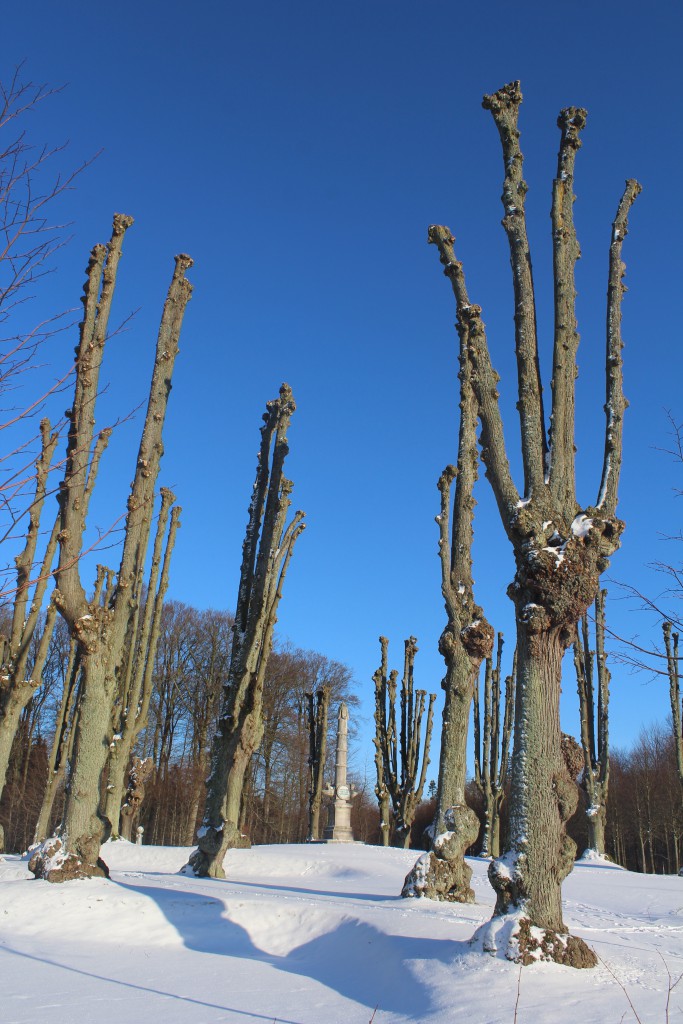
I am now leaving Fredensborg Castle Baroque Garden:

Map of Fredensborg Castle Baroque Garden and surroundings:
Click on photo and use your zoom control and you see them in full screen size.
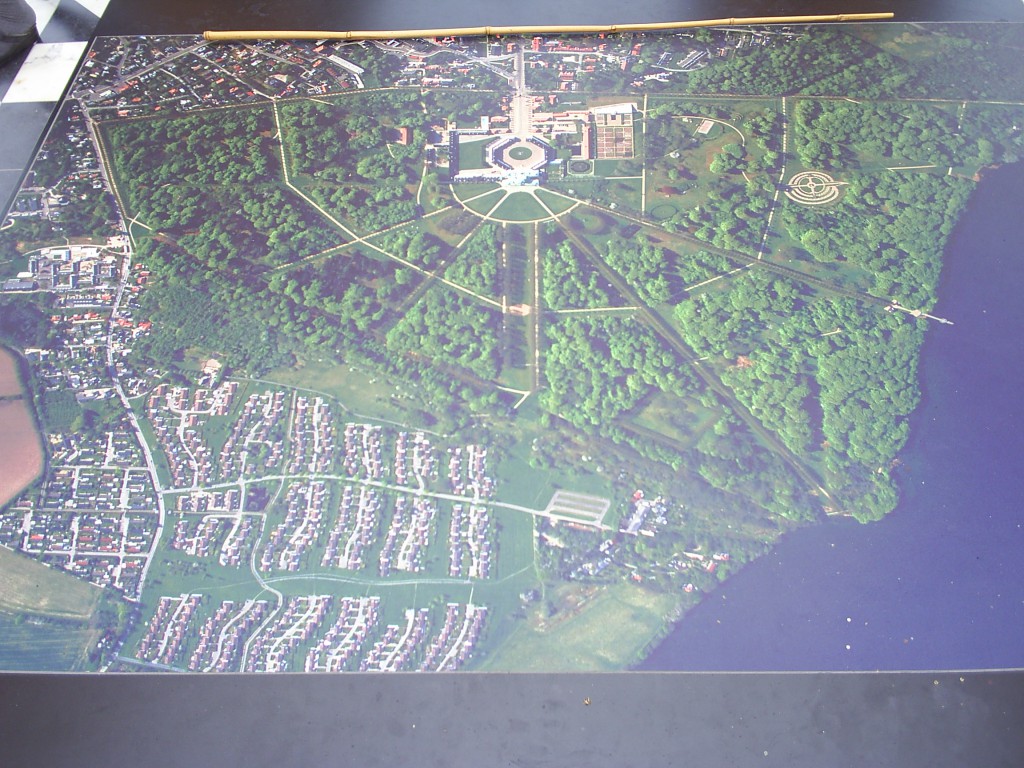
Links:
Slots- og Kulturstyrelsen slks.dk
All my photos in this article and all my photos in 136 articles (about 1000 photos) on my homepage Danculture.dk and in my 36 articles on my second homepage Erik K Abrahamsen Blog (tvndk.wordpress.com) are unique – no photos are manipulated by cutting, sharpness, color etc. – what I see through my digital camera lens is what I install in my articles. That is realism and that is my photo philosophy!
If you want to see some of my 1000 photos: Seek GOOGLE and write: Erik K Abrahamsen vinter
On this homepage Danculture.dk I have written this article about Fredensborg Castle Baroque Garden:click on text
Fredensborg Slotshave genskabt – en perle i europæisk barokhave arkitektur |www.danculture.dk
Fredensborg Slotshave genskabt – en perle i europæisk barokhave arkitektur
Fredensborg Palace Garden recreated – a pearl in european baroque garden architecture.
and
my new article about painter Laurits Tuxen:
Text and photos Copyright 2016 Erik K Abrahamsen
All rights reserved
Enjoy life- be happy!
Melby, North Sealand, Denmark 27. january 2016
Best wishes
Erik
Updated 8. february 2021